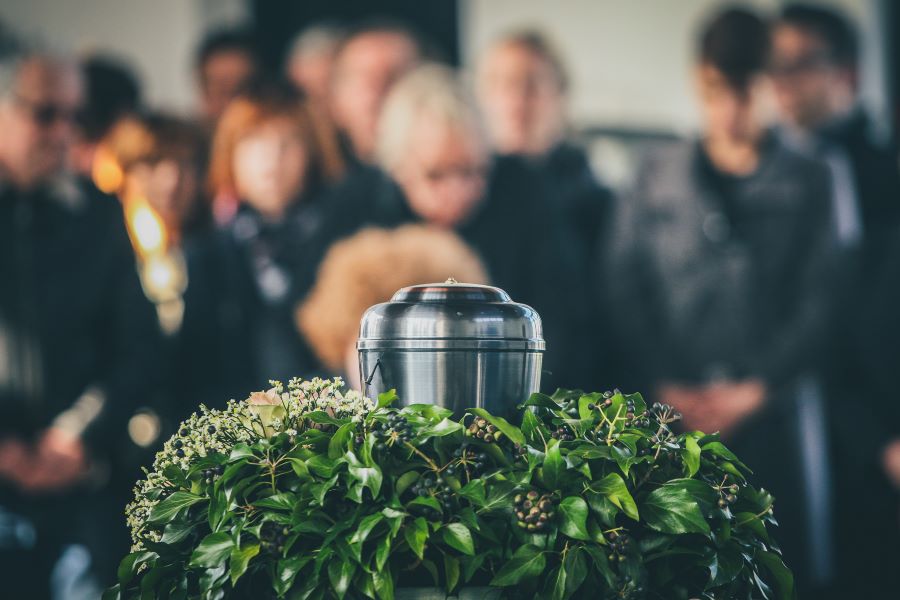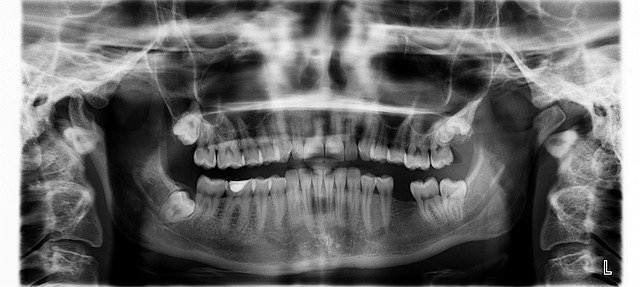Understanding the Cremation Process: Step-by-Step Overview
When facing the loss of a loved one, understanding the cremation process can provide clarity during a difficult time. Cremation has become increasingly popular in the UK, with over 75% of funerals now involving this option. This comprehensive guide walks you through each stage of cremation services, from the initial arrangements to the return of ashes to family members, helping you navigate this important process with confidence and understanding.

Identification and Authorization Procedures in Modern Cremation
Before any cremation can take place, careful identification and authorization procedures must be followed. These protocols ensure dignity and accountability throughout the process. Initially, the deceased is identified using a tagging system with a unique reference number that stays with them from collection to the return of ashes. This identification is verified multiple times during the process.
Authorization requirements in the UK are particularly stringent. A cremation application (Form 1) must be completed by the next of kin or executor, while two separate doctors must complete Forms 4 and 5 to certify the cause of death. Additionally, the crematorium’s medical referee must provide final authorization (Form 10) before cremation can proceed. These measures help prevent errors and provide families with assurance that their loved one is being treated with proper care and respect.
How Simple Cremation Services Are Carried Out Step by Step
Simple cremation services, sometimes called direct cremation, follow a straightforward process. First, a funeral director collects the deceased and transports them to a care facility where they are refrigerated until all paperwork is complete. The body is then placed in a simple coffin made of sustainable materials like cardboard or light wood.
Once all documentation is approved, the crematorium schedules the cremation. Unlike traditional funerals, simple cremation typically occurs without a service or mourners present. However, some crematoriums do allow a small number of family members to witness the beginning of the cremation if desired. After cremation, the ashes are collected, processed, and returned to the family, who may then choose to hold a separate memorial service at a time and place of their choosing.
What Happens During the Cremation Itself: A Detailed Explanation
The technical cremation process involves several precise steps. First, any medical implants containing batteries (like pacemakers) must be removed as they can explode at high temperatures. The coffin is then placed in the cremation chamber, also called a retort, which is preheated to approximately 800-1000°C.
During cremation, which typically takes 1-2 hours depending on various factors, the intense heat reduces the body and coffin to bone fragments and ash. Contrary to popular belief, flames don’t directly contact the body; instead, the extreme heat causes the body to break down through a process of dehydration and oxidation. Throughout this process, emissions are carefully filtered to meet environmental standards.
After cooling, the cremated remains pass through a processor that reduces any remaining bone fragments to a fine, sand-like consistency. The resulting ashes typically weigh between 1-3 kg for an adult, though this varies based on body size and bone density.
Understanding How Ashes Are Collected and Returned to the Family
Following cremation, staff carefully collect all cremated remains from the chamber using specialized tools. The ashes are then placed in a temporary container or directly into an urn if the family has provided one. Each container is meticulously labeled to maintain proper identification throughout the process.
Before returning the ashes, crematorium staff remove any metal remnants such as joint replacements or dental fillings using magnets or manual separation techniques. These metals are typically recycled through specialized programs, often benefiting charities.
Families generally receive the ashes within 1-7 days after cremation, depending on local practices and family preferences. The crematorium or funeral director will arrange collection or delivery according to the family’s wishes. Some families choose to scatter or bury the ashes in a memorial garden at the crematorium, while others may keep them at home, scatter them at a meaningful location, or divide them among family members in keepsake urns.
Cremation Service Providers and Cost Considerations in the UK
The UK offers various types of cremation service providers, from municipal crematoriums run by local authorities to private facilities and funeral directors who arrange the entire process. Each provider offers different service levels, from basic cremation to comprehensive packages including memorial services.
| Provider Type | Average Cost (£) | Services Typically Included |
|---|---|---|
| Local Authority Crematorium | 700-900 | Basic cremation service, use of chapel, music facilities |
| Private Crematorium | 800-1,200 | Often includes longer service times, better facilities |
| Direct Cremation Specialist | 1,000-1,500 | Collection, paperwork, basic coffin, cremation, return of ashes |
| Traditional Funeral Director | 3,000-4,500 | Full service including viewing, hearse, bearers, celebrant fees, cremation |
| Premium Funeral Provider | 5,000+ | All traditional services plus premium coffin, limousines, extensive memorialization options |
Prices, rates, or cost estimates mentioned in this article are based on the latest available information but may change over time. Independent research is advised before making financial decisions.
Factors affecting costs include location (London and Southeast England typically being more expensive), time of day (peak times often cost more), coffin choice, and additional services like memorial books or webcasting of services. Many providers now offer pre-payment plans, allowing individuals to pay for their cremation in advance at today’s prices.
Making Informed Decisions About Cremation Services
Understanding the cremation process empowers families to make choices aligned with their needs, values, and budget. While cost is certainly a consideration, it’s equally important to ensure the provider’s approach respects your loved one’s memory and meets your family’s emotional needs. Many crematoriums welcome visits before you need their services, allowing you to become comfortable with the facilities and staff who will care for your loved one.
Whether opting for a simple cremation or a more elaborate service, knowing what happens at each step of the journey can provide comfort during a difficult time. With proper understanding of the process, families can focus on what matters most – honoring their loved one’s memory in a meaningful way.




